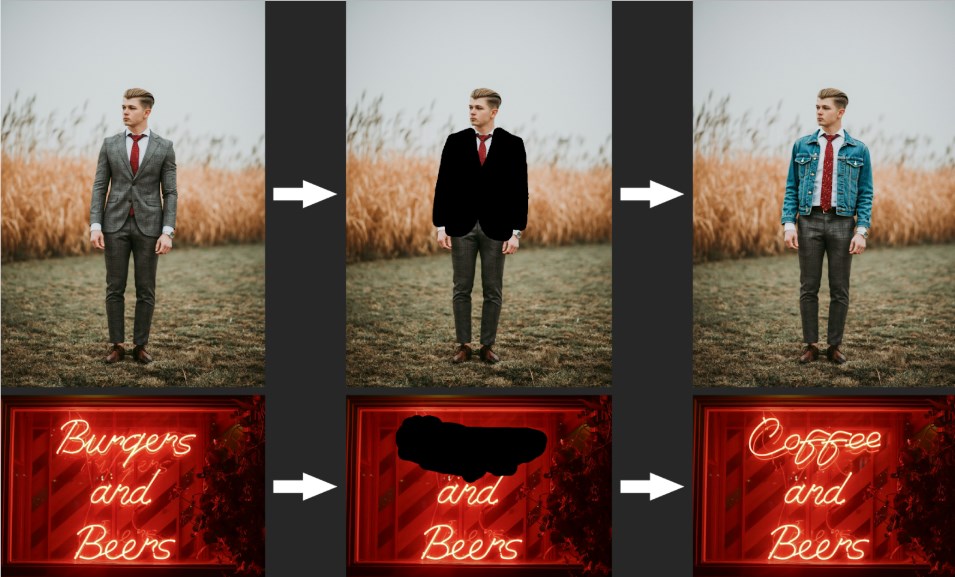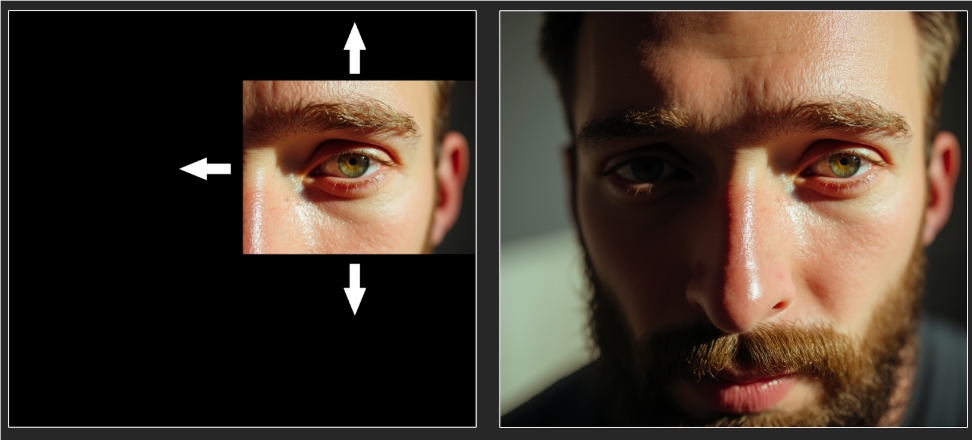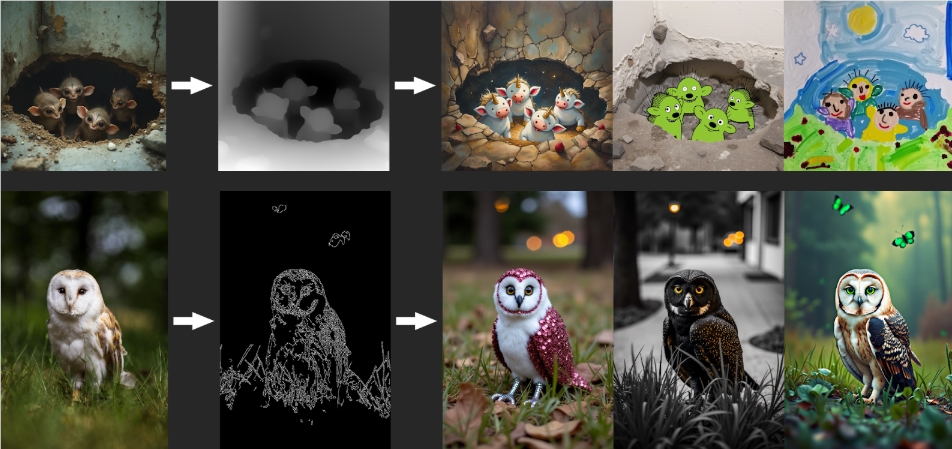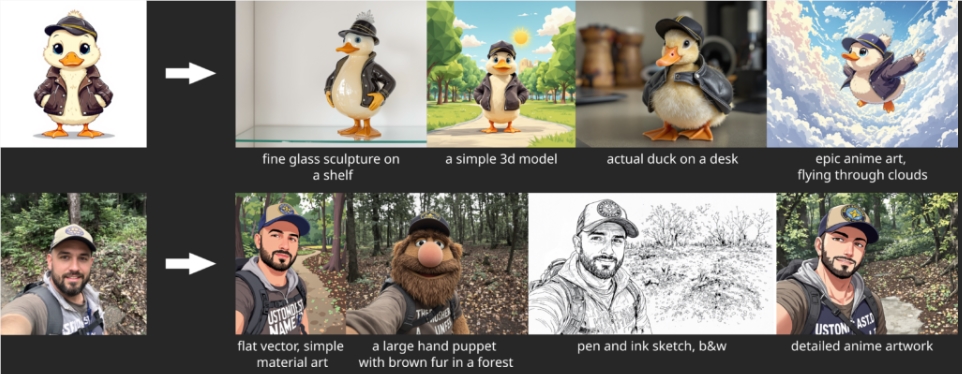The editor of Downcodes learned that Black Forest Laboratory recently released the FLUX.1Tools toolkit, which aims to improve the controllability of its basic Vincent graph model FLUX.1 and give users more accurate image modification and re-creation capabilities. The toolkit contains four main functional modules, covering image repair, expansion, structure guidance and style adjustment, and provides open source version and API version to facilitate users to choose flexibly. FLUX.1Tools surpasses existing tools in image repair and expansion, and also shows leading performance in image structure guidance and style adjustment, providing users with a more convenient and powerful image processing experience.
Recently, Black Forest Laboratory released a new FLUX.1Tools toolkit, which is designed to enhance the controllability and maneuverability of its basic Vincent diagram model FLUX.1, allowing users to accurately modify and recreate real pictures and images. Generate pictures.
FLUX.1Tools contains four main functions:
FLUX.1Fill: This is an advanced image repair and expansion tool that goes beyond existing tools such as Ideogram2.0 and the open source AlimamaCreative's FLUX-Controlnet-Inpainting. FLUX.1Fill can edit and expand real pictures and generated pictures based on the text descriptions and binary masks provided by the user, and can seamlessly integrate the modified content into the image to achieve a natural and smooth effect.
After testing, FLUX.1Fill [pro] outperforms all other competing products, making it the most advanced image repair model currently available. The open source version FLUX.1Fill [dev] also outperforms other proprietary solutions and is more efficient at inference.
FLUX.1Depth and FLUX.1Canny: Both tools use the structural information of the image to guide image generation, thus maintaining the original structure of the image texture when modifying it.
Among them, FLUX.1Depth uses the depth information of the image for modification, while FLUX.1Canny uses edge detection information for guidance, which is more suitable for precise detail adjustment.

Evaluation results show that FLUX.1Depth outperforms proprietary models such as Midjourney ReTexture, with FLUX.1Depth [pro] providing greater output diversity and FLUX.1Depth [dev] providing more consistency in depth perception tasks result. For edge detection models, FLUX.1Canny [pro] has the best performance, followed by FLUX.1Canny [dev].

FLUX.1Redux: This is an adapter for all FLUX.1 base models for generating image variations. Given an input image, FLUX.1Redux can make subtle changes to it, generate different versions, and even redesign the image based on text descriptions provided by the user.

In addition, FLUX.1Redux also supports image style adjustment through API. Users only need to provide an image and a text description. This feature has been integrated into the latest FLUX1.1[pro] Ultra model, which combines input images and text cues to create high-quality 4-megapixel output and supports flexible aspect ratios. Test results show that FLUX.1Redux achieves state-of-the-art performance in image variant generation.

FLUX.1Tools provides open source version and API version
FLUX.1Tools is provided in two versions: open source version (FLUX.1[dev]) and API version (FLUX.1[pro]). The API version of each tool is released as the FLUX.1[pro] variant, while the open source version is released as the guided distillation FLUX.1[dev] variant, with inference code and weights provided. Additionally, Black Forest Labs announced that its published models will be available through its partners fal.ai, Replicate, Together.ai, Freepik and krea.ai.
Black Forest Lab stated that the FLUX.1Tools toolkit released this time will inject new vitality into the Flux ecosystem, and they look forward to seeing community users create more exciting works using these new tools.
Model: https://huggingface.co/black-forest-labs/FLUX.1-Redux-dev
Detailed introduction: https://blackforestlabs.ai/flux-1-tools/
All in all, the release of the FLUX.1Tools toolkit brings new possibilities to the field of image processing, and its powerful functions and flexible version selection will attract many developers and users. The editor of Downcodes looks forward to wider applications and development of FLUX.1Tools in the future.